The spark plug is a small yet essential component found in internal combustion engines. Its primary purpose is to ignite the air-fuel mixture within the combustion chamber, allowing the engine to produce power. Despite its seemingly minor size, the spark plug plays a pivotal role in engine performance, efficiency, and overall health. Understanding how spark plugs work and their significance can help vehicle owners maintain their engines and optimize performance. This article will explore the function of spark plugs, their types, maintenance, and how they impact engine performance.
The Function of Spark Plugs
Ignition of the Air-Fuel Mixture
At the heart of an internal combustion engine, the spark plug serves a critical function: igniting the air-fuel mixture. This mixture is created when air and fuel are combined in precise ratios before entering the engine’s combustion chamber. When the piston compresses this mixture, temperatures and pressures rise, creating an ideal environment for ignition.
The spark plug generates an electric spark, which initiates combustion. This spark occurs at precisely the right moment, allowing for maximum power output. A well-functioning spark plug ensures that this ignition happens reliably and consistently, maintaining engine performance and efficiency.
Contribution to Engine Timing
In addition to igniting the mixture, spark plugs are integral to the engine’s timing. The timing of the spark emission is crucial in determining how efficiently the fuel burns. It affects various parameters, including power output, fuel efficiency, and emissions. If the spark occurs too early or too late, it can lead to knocking or pre-ignition, which can harm the engine.
Engine control units (ECUs) manage the timing of spark plug firing. This technology allows for real-time adjustments, optimizing performance based on driving conditions. Modern vehicles use advanced sensors to measure engine parameters and adjust spark timing accordingly. This sophisticated approach highlights the importance of spark plugs in maintaining optimal engine performance.
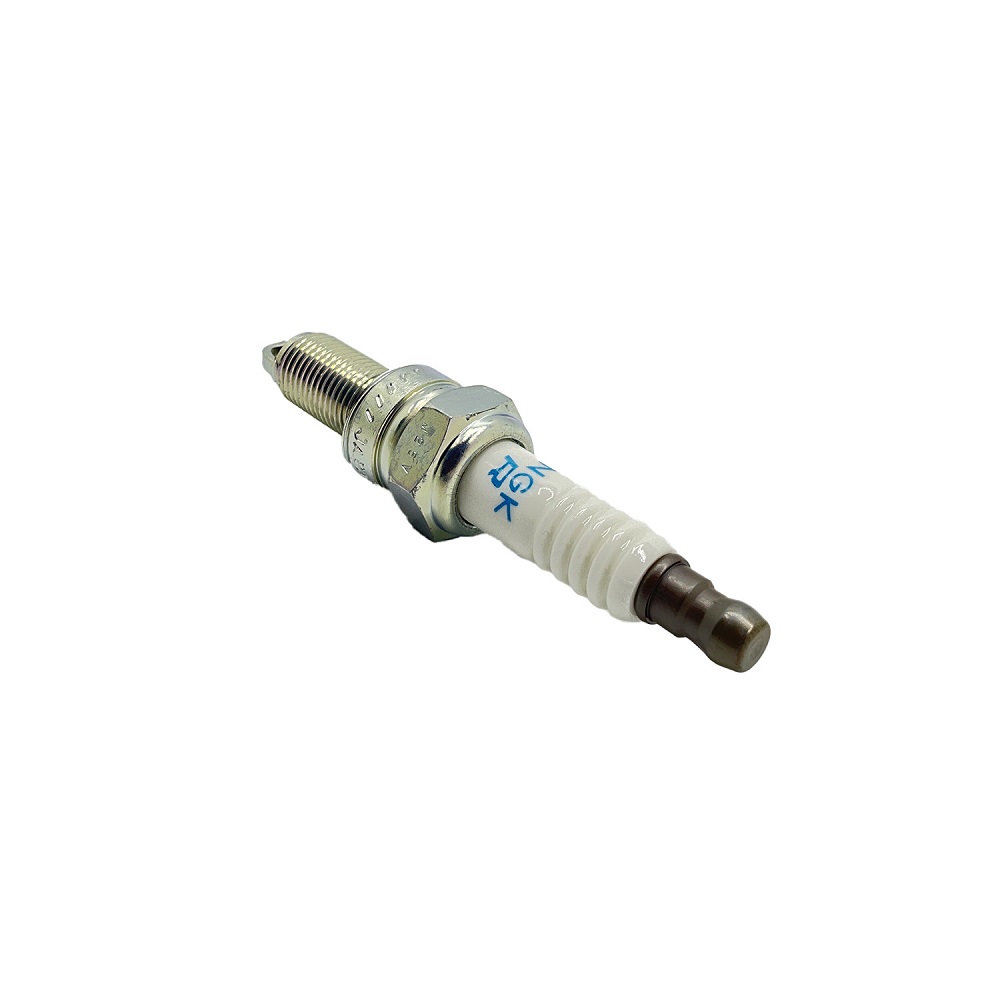
Types of Spark Plugs
Copper, Platinum, and Iridium Plugs
Spark plugs come in various types, each with unique materials and design features. The most common types are copper, platinum, and iridium spark plugs.
Copper spark plugs are the most basic and economical option. They have a solid copper core that provides excellent conductivity. However, they tend to wear out faster than other types, making them suitable for short-term use or older vehicles.
Platinum spark plugs offer increased longevity and performance. They have a platinum center electrode, which enhances durability and reduces wear. These plugs perform well in modern engines and can be an excellent option for better fuel efficiency.
Iridium spark plugs represent the highest quality option. With a fine iridium tip, these plugs provide superior performance, faster ignition, and enhanced longevity. They are often recommended for high-performance engines and can significantly improve efficiency.
Choosing the Right Plug for Your Engine
Selecting the correct type of spark plug is crucial for engine performance. The manufacturer’s specifications for your vehicle will typically indicate which type of spark plug is best suited for your engine. Using the recommended spark plug ensures compatibility and optimal performance.
Additionally, attention to gap size is vital. The spark plug gap refers to the distance between the center and ground electrode. This gap affects ignition and combustion efficiency. Properly gapping the spark plug to match the manufacturer’s specifications is essential for reliable engine performance.
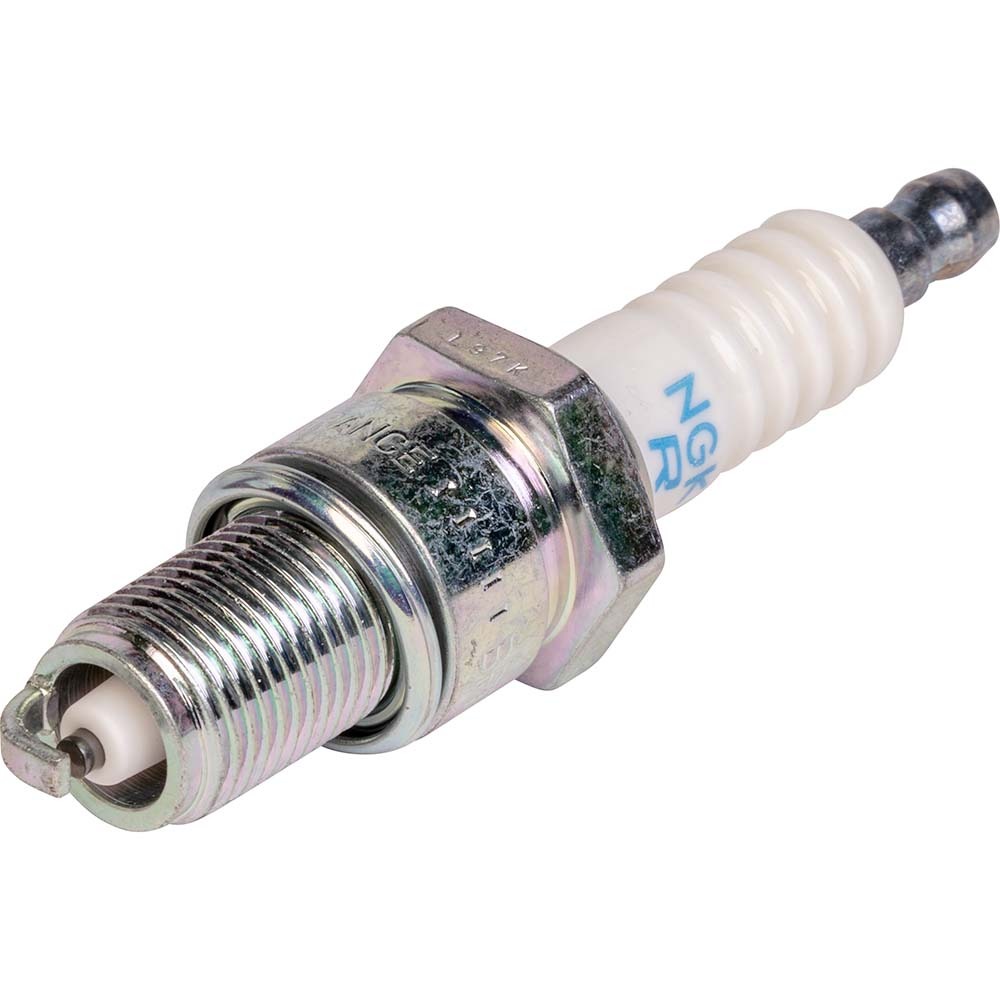
Signs of a Failing Plug
Engine Performance Issues
A failing spark plug can manifest in various ways, impacting overall engine performance. One of the first indicators is reduced acceleration. If you notice that your vehicle struggles to gain speed, it may be time to check the spark plugs. A malfunctioning plug can lead to incomplete combustion, resulting in power loss.
Another common sign is rough idling. If the engine shakes or vibrates while idling, it could indicate a problem with the spark plugs. Irregular sparks can cause misfires, leading to uneven engine operation. This issue not only affects performance but can also increase engine wear over time.
Warning Lights and Engine Codes
Many modern vehicles come equipped with onboard diagnostic systems that monitor engine performance. If the spark plugs are failing, the check engine light may illuminate on the dashboard. This warning signals that the engine management system has detected irregularities.
Additionally, diagnostic tools can read engine codes associated with spark plug issues. These codes provide insight into specific problems, allowing mechanics to address the issue more effectively. Regular engine diagnostics can help you catch spark plug problems early, preventing more severe engine damage.
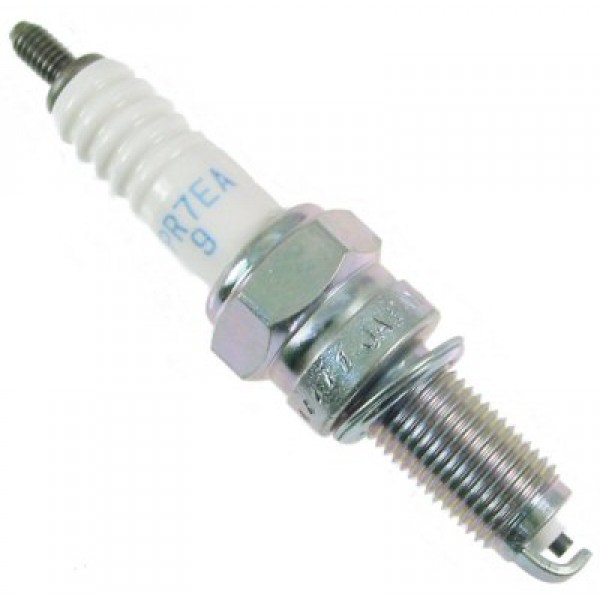
Maintenance and Replacement of Plugs
Importance of Regular Inspection
To ensure optimal engine performance, regular inspection of spark plugs is essential. Typically, spark plugs should be inspected every 30,000 to 100,000 miles, depending on the type and manufacturer’s recommendations. Regular inspections allow you to catch any signs of wear or damage before they lead to significant issues.
During an inspection, look for signs of fouling or deposits on the electrodes. Carbon buildup can indicate incomplete combustion or poor air-fuel mixture. If deposits are present, it may be time to clean or replace the spark plugs.
Steps for Replacement
Replacing spark plugs is a straightforward process that many car owners can perform themselves. Begin by gathering the necessary tools, including a spark plug socket, ratchet, and torque wrench. Ensure the engine is cool before starting to avoid burns.
- Remove the Old Plugs: Disconnect the spark plug wire, taking care to label them for correct reinstallation. Use the spark plug socket to loosen and remove the old plugs.
- Inspect and Gap New Plugs: Before installing new spark plugs, check the gap size with a feeler gauge. Adjust the gap according to the manufacturer’s specifications.
- Install New Plugs: Carefully install the new spark plugs, hand-tightening them before using a torque wrench. Follow the manufacturer’s torque specifications to avoid over-tightening.
- Reconnect Wires: Once the new plugs are securely installed, reconnect the spark plug wires in the correct order.
Benefits of Doing It Yourself
Performing spark plug maintenance yourself can save money on labor costs. By regularly inspecting and replacing spark plugs, you can enhance your vehicle’s performance and longevity. Additionally, understanding the maintenance process helps you become more familiar with your vehicle, empowering you to tackle other maintenance tasks confidently.
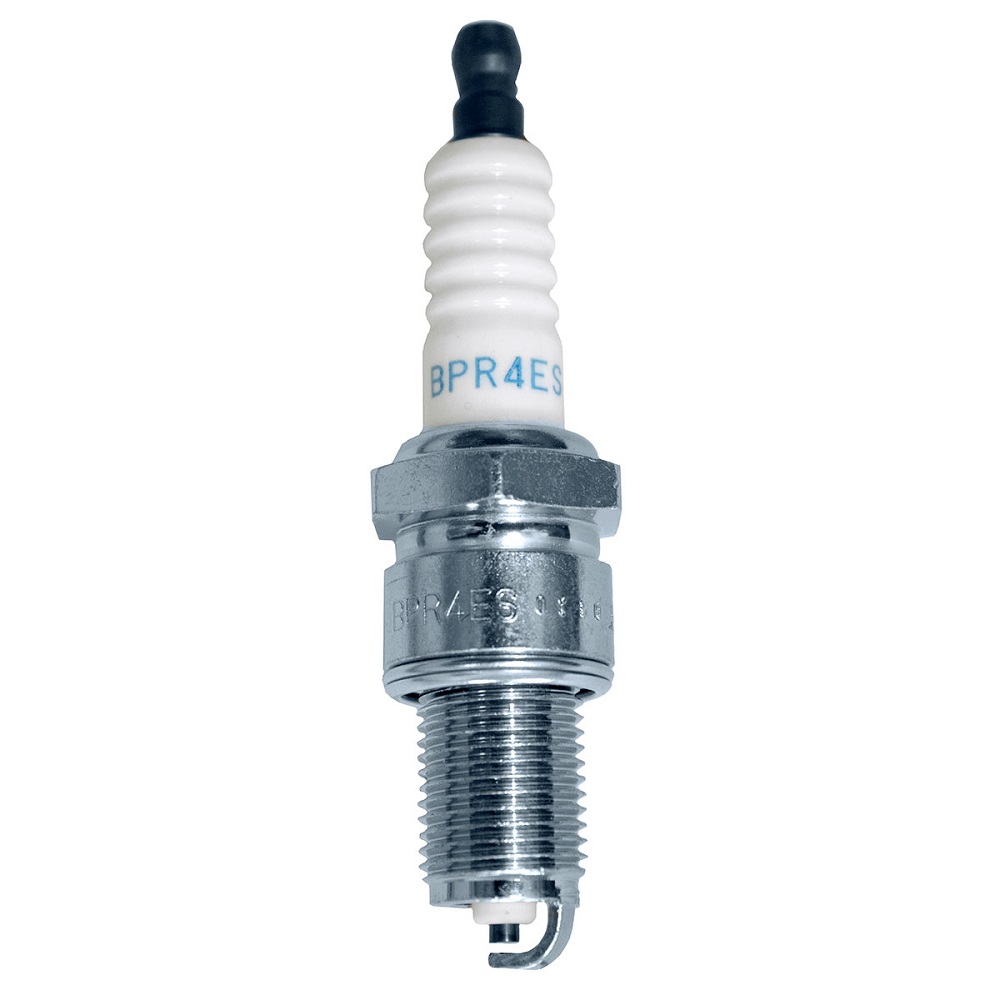
The Impact of Plugs on Fuel Efficiency
Enhanced Combustion Efficiency
One of the significant roles that spark plugs play in engine performance relates to fuel efficiency. A properly functioning spark plug ensures complete combustion of the air-fuel mixture. This complete combustion maximizes energy output while reducing wasted fuel.
When spark plugs are worn or damaged, they can lead to incomplete combustion. This inefficiency causes the engine to use more fuel for the same power output. As a result, you may notice decreased fuel efficiency and higher fuel costs. Replacement of worn spark plugs can lead to significant improvements in fuel economy.
Environmental Considerations
Fuel efficiency also has environmental implications. Engines that burn fuel incompletely release higher levels of harmful emissions. By maintaining healthy spark plugs, you can contribute to reducing your vehicle’s carbon footprint. This is particularly important as more consumers seek eco-friendly solutions in their driving habits.
Switching to high-quality spark plugs, like iridium or platinum, may further enhance fuel efficiency. These plugs promote better ignition and combustion, leading to improved performance and decreased emissions. Choosing the right spark plugs can thus have positive implications for both personal finances and the environment.
Understanding Plug Heat Ratings
What Are Heat Ratings?
Spark plugs come with specific heat ratings that indicate how effectively they can dissipate heat. A spark plug’s heat rating affects its performance and suitability for various engine types. Heat ratings can be categorized into three sections: cold, medium, and hot.
Cold heat ratings are suited for high-performance engines that produce a lot of heat. A cold plug can withstand higher temperatures without experiencing pre-ignition or misfiring. Conversely, a hot spark plug is designed for engines that run cooler. It aids in maintaining optimal combustion temperatures and prevents fouling.
Choosing the Right Heat Rating
Selecting the correct heat rating for your spark plugs is crucial for engine performance. Using a spark plug with the wrong heat rating can lead to potential engine problems. A hot plug in a high-performance engine may cause pre-ignition, while a cold plug in a cooler-running engine can lead to fouling and misfires.
Consulting the manufacturer’s specifications for your engine will help you choose the appropriate heat rating. By matching the spark plug to the engine’s requirements, you can ensure reliable ignition and optimal performance.
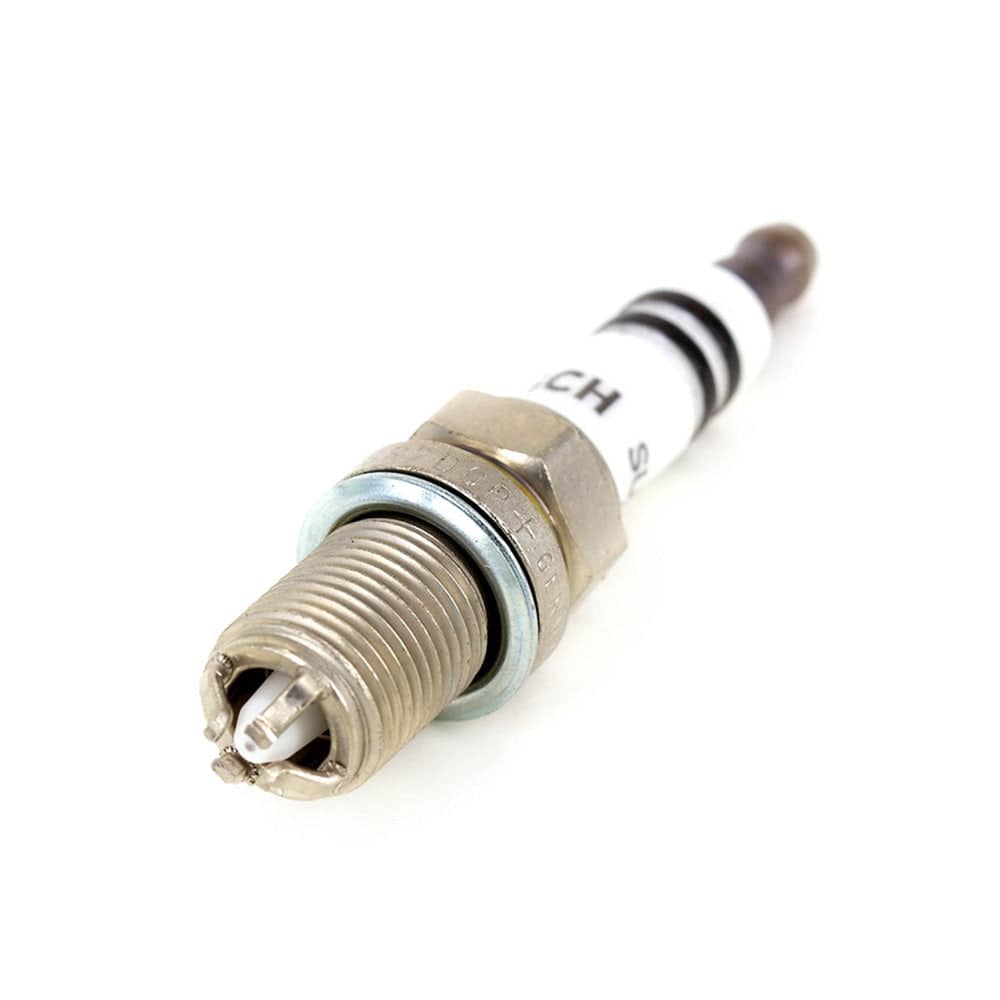
Final Thoughts on Plugs and Engine Performance
The Importance of Spark Plugs
In summary, spark plugs play a critical role in the performance and efficiency of internal combustion engines. From igniting the air-fuel mixture to contributing to optimal fuel efficiency, their functions are vital for overall engine health. Understanding the various types, maintenance practices, and heat ratings empowers car owners to make informed decisions regarding their vehicles.
Regular inspection and replacement of spark plugs can significantly enhance engine performance. A well-maintained spark plug system leads to better fuel efficiency, reduced emissions, and improved overall driving experience. Whether you are a casual driver or a dedicated automotive enthusiast, appreciating the importance of spark plugs is key to optimizing your vehicle’s performance.
Taking Action for Optimal Performance
For those looking to maximize their vehicle’s potential, taking a proactive approach to spark plug maintenance is essential. This includes regular inspections, timely replacements, and staying informed about the type of spark plugs suitable for your engine. By doing so, you can ensure that your vehicle runs smoothly and efficiently, leading to an overall better driving experience.
In the world of automotive maintenance, spark plugs may seem small and inconsequential, but their impact is profound. Understanding their role encourages better care for your vehicle and promotes a more enjoyable driving experience. Embrace the importance of spark plugs, and you will unlock the full potential of your engine.

Leave a Reply